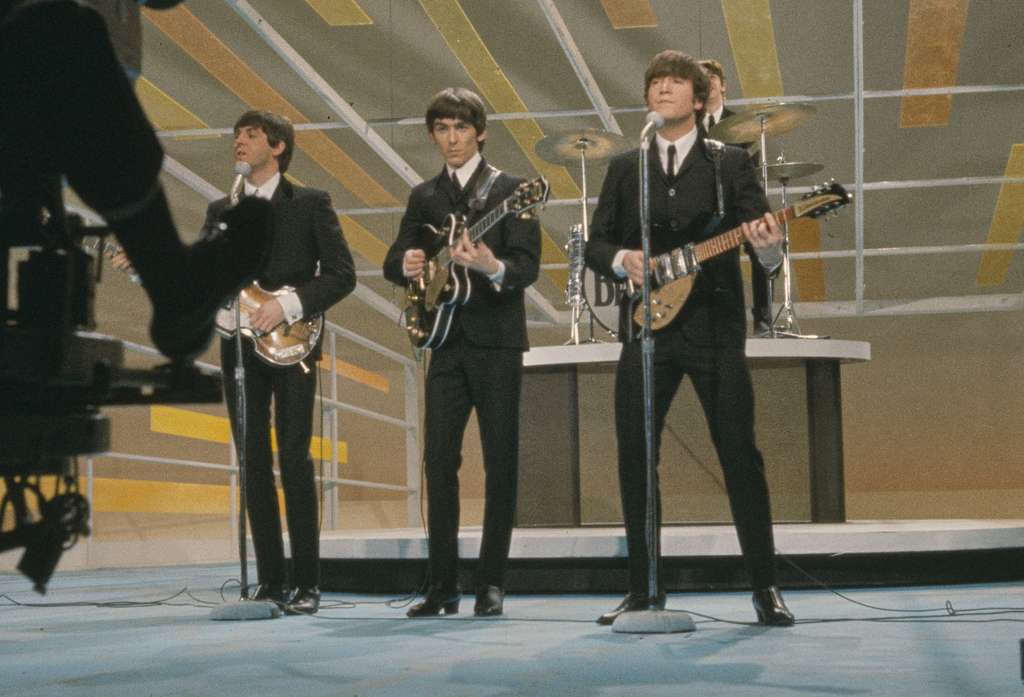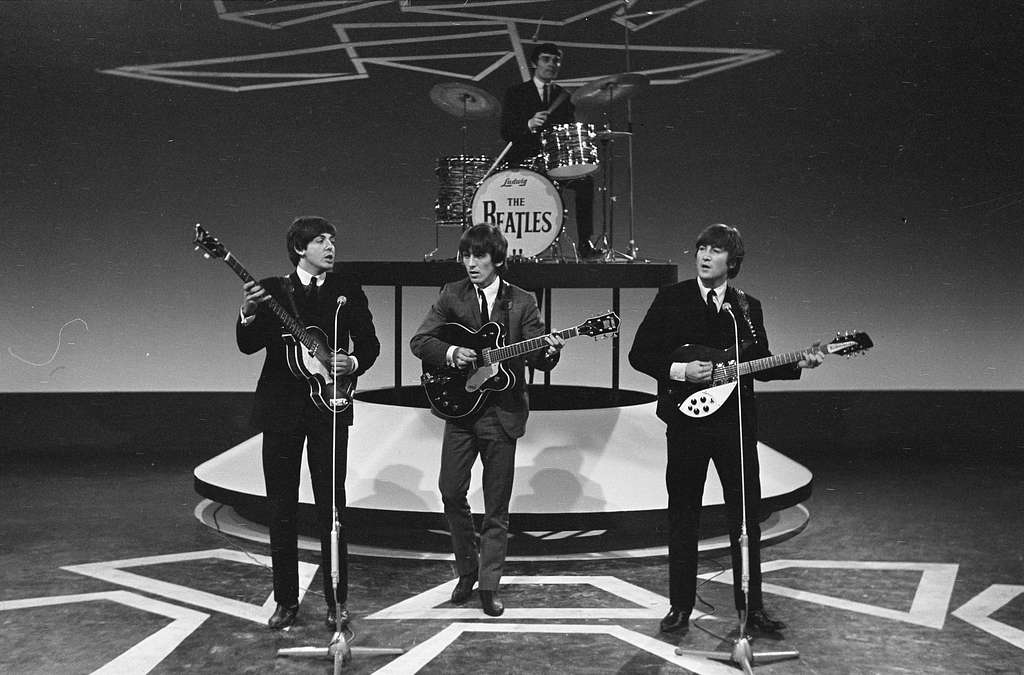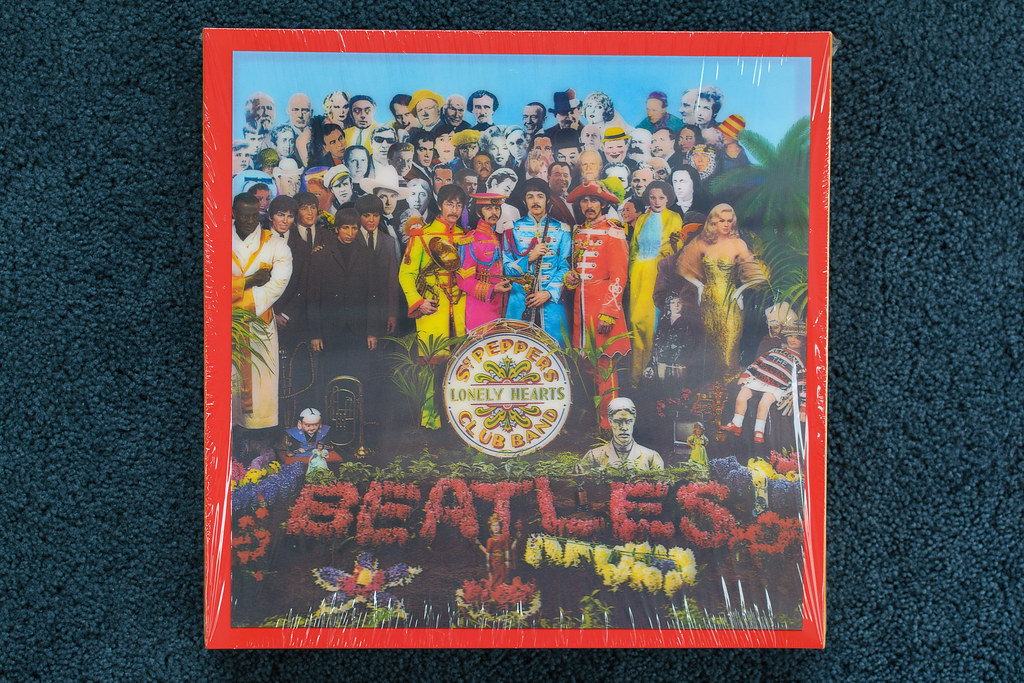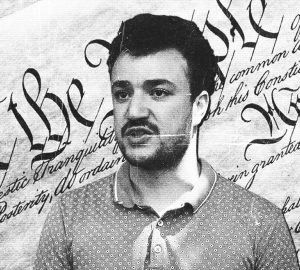Feature Image Courtesy of Creative Commons- Matthew Giorgio, MGProductions9
It’s been 54 years since the release of the infamous 1970’s documentary “Let It Be.” The Michael Lindsay-Hogg-directed film was meant to show the most popular band in the world, The Beatles, make an album with the documentary concluding with the band playing those same songs in a live televised concert. Many things didn’t go as planned and while it did give us the famous rooftop concert, the movie was disliked by fans and critics alike. Now, following Peter Jackson’s reimagining of the original footage in “Get Back,” Disney is re-releasing “Let It Be” fully restored and in high quality for the first time ever. But why? Why does a band that started in the late 1950s still have such a popular presence today?
Going into the year 1970, The Beatles were completely divided. George Harrison was blossoming as a songwriter and was ready to show the world the talent that was so stifled during his time with The Beatles. John Lennon was focused on his protests for peace and the Avant-garde music that he was making with his new wife, Yoko Ono. Ringo Starr was delving into the acting world while Paul McCartney was doing everything possible to keep the band together and out of the hands of grubby businessman and former Rolling Stones manager, Allen Klein.
But things weren’t always so tumultuous. Just seven years earlier, the soon-to-be “Fab Four” were releasing their debut album, “Please Please Me.” Less than a year later they’d perform for a record television audience of 73 million on the Ed Sullivan Show. Beatlemania was in full effect. After starting the band in their teens and performing in seedy clubs from Liverpool, England to Hamburg, Germany the four boys were thrust into the spotlight overnight.

Their quick ascension came with added scrutiny from the public. When John Lennon said The Beatles were “bigger than Jesus” in March of 1966, it led to mobs of angry fans burning their records and sending them death threats. When Paul McCartney confessed to having taken LSD a few times to journalists, the public claimed that the band was endorsing drugs to their young and impressionable fans. When The Beatles decided to skip breakfast with the First Lady of the Philippines while on tour, they sent the people of the country into a frenzy. They barely got out of the country and would decide as a group to never tour again.
But fame did come with its positives. Along with being able to buy new homes for themselves and their families, The Beatles got to meet some of their music idols, like Elvis Presley. One of those idols, Bob Dylan, would influence the band (through his music and weed) into reinventing themselves. This would lead to some of the most creative and inventive work of their careers.

Now that The Beatles had sworn off touring, they had more time to focus on music. With the help of producer George Martin, the band would approach the studio with a new level of dedication. They wanted to push music as an art form instead of pumping out singles for cash. They began to approach their albums as cohesive bodies of work, and this led to classic albums such as “Rubber Soul” and “Revolver.” But the first album that they released after they completely quit touring and began to use the studio as an instrument was their masterpiece; “Sgt. Pepper’s Lonely Hearts Club Band.”
“Sgt. Pepper’s Lonely Hearts Club” band was a triumph for the group. It became their best-selling record moving over 32 million copies to date. The album was received overwhelmingly positively by critics too. It won four Grammy awards including Album of the Year, a first for a rock record. They were praised for the inventive new studio techniques as they found new ways to use four-track tape recorders and different mic setups to create original and rich sounds. The Beatles had finally reached the epoch of popular music. Now there was nowhere to go but down.

The group couldn’t bask in their success for long as just three months after the release of Sgt. Pepper, Brian Epstein, the man who discovered and managed the band since 1962, had died of a drug overdose. Epstein was a guiding hand for the band, almost like a big brother, and without him they were directionless. The band wanted to take a break and go their separate ways, but Paul McCartney demanded they stay together and work on their next project, “The Magical Mystery Tour,” to keep them focused.
“The Magical Mystery Tour,” The Beatles’ ninth album, was also accompanied by a TV movie which ultimately turned into a mess. Unlike their previous movies, The Magical Mystery Tour had no real plan, story, or direction behind it. While the album was great, the movie was panned and labeled ‘The Beatles’ first misstep.’ The Beatles would finally decide to take their long-awaited break and travel to India for their spiritual retreat with the Maharishi Mahesh Yogi. While none of them stayed for the entire duration of the retreat, all of them came away inspired and with several songs that they were excited about. This would lead to their first and only double album “The Beatles” better known by fans as “The White Album”.
The making of this album would be much different compared to how they worked in the past. Each member would basically work on their songs on their own as only 16 out of the 30 tracks were done with all four members. Lennon and McCartney would even record songs at the same time in different studios. The songs were more stripped down and weren’t as experimental as Sgt. Pepper or Magical Mystery Tour. While the album was still positively received, walls were building up between the members that only those close to them could see.
The next album that they’d work on would be “Let It Be.” Because of the documentary of the same name by Michael Lindsay-Hogg and Get Back by Peter Jackson, we know plenty about how the album was made. George Harrison suddenly quitting the band, Hogg’s wild ideas for the documentary’s finale, the changing of studios, and the faulty equipment they had to put up with are all well-documented. Thinking that the album would be a disaster, they scrapped it and began working on Abbey Road, their final album, and released it just a few months before Paul McCartney told the press that he’d no longer work with the group anymore.
Today, there are teenage fans of The Beatles who weren’t alive during their heyday. In the future, there will be fans even when all of the members are long gone. Why is that? For me, it’s because The Beatles truly feel like a once-in-a-lifetime phenomenon. There will never be four musicians, all incredibly talented on their own, who will mix their talents so seamlessly, have the same artistic drives, and have all of the charm and charisma as John Lennon, Paul McCartney, George Harrison, and Ringo Starr.

























 (@paul_macca_beatles)
(@paul_macca_beatles)